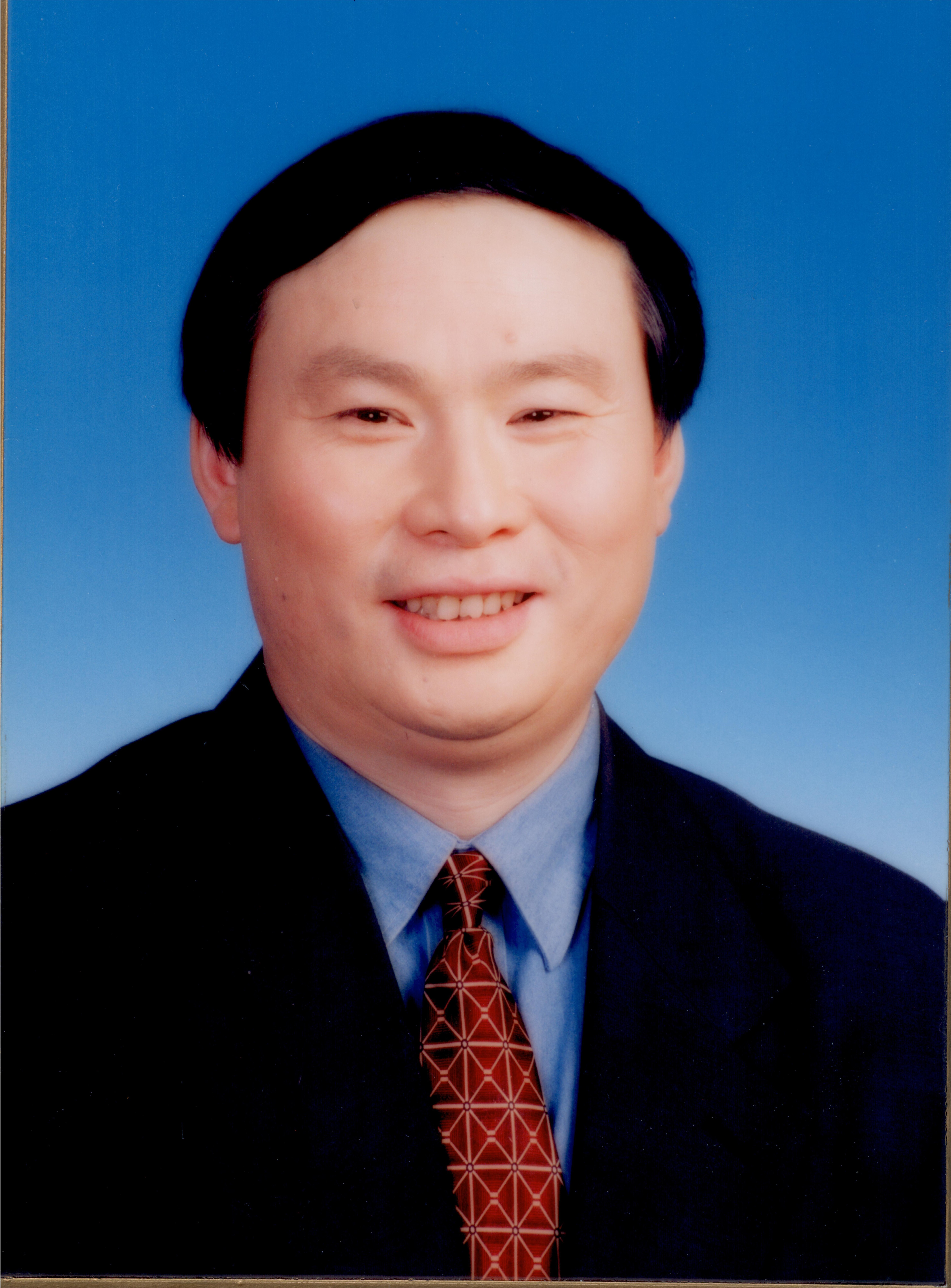Generative and Discriminative Learnings: A Fuzzy Restricted Boltzmann Machine and a Novel Broad Learning System
C. L. Philip CHEN, Ph.D., FIEEE, FAAAS
Dean and Chair Professor
Faculty of Science and Technology, The University of Macau, Macau, China
Editor-in-Chief, IEEE Transactions on Systems, Man, and Cybernetics: Systems
Philip.Chen@ieee.org
Abstract
|
In recent years, deep learning caves out a research wave in machine learning. With its outstanding performance, more and more applications of deep learning in pattern recognition, image recognition, speech recognition, and video processing have been developed. This talk will introduce a fuzzy generative deep learning algorithm and a novel broad learning systems. A fuzzy generative learning -- Fuzzy Restricted Boltzmann Machine (FRBM) -- is developed by replacing real-valued weights and bias terms with symmetric triangular fuzzy numbers (STFNs) or Gaussian fuzzy numbers and corresponding learning algorithms. A theorem is concluded that all FRBMs with symmetric fuzzy numbers will have identical learning algorithm to that of FRBMs with STFNs. The second part of the talk is to discuss a very fast and efficient discriminative learning -- “Broad Learning”. Without stacking the layer-structure, the designed neural networks expand the neural nodes broadly and update the weights of the neural networks incrementally when additional nodes are needed and when the input data entering to the neural networks continuously. The designed network structure and learning algorithm are perfectly suitable for modeling and learning big data environment. Experiments results in MNIST and handwriting recognition and NORB database indicate that the proposed BLS significantly outperforms existing deep structures in learning accuracy and generalization ability.
|
Short Biography
|
C. L. Philip Chen is currently the Dean of the Faculty of Science and Technology, University of Macau, Macau, China and a Chair Professor of the Department of Computer and Information Science since 2010. He worked at U.S. for 23 years as a tenured professor, a department head and associate dean in two different universities. Dr. Chen's research areas are in systems, cybernetics and computational intelligence. He is a Fellow of the IEEE and AAAS. He was the President of IEEE Systems, Man, and Cybernetics Society (SMCS) (2012-2013). Currently, he is the Editor-in-Chief of IEEE Transactions on Systems, Man, and Cybernetics: Systems (2014-).
|
 |
|
Dr. Chen has been an Associate Editor of many IEEE Transactions, and currently he is an Associate Editor of IEEE Trans on Fuzzy Systems, IEEE Trans on Cybernetics, and IEEE/CAA Automatica Sinica. He is the Chair of TC 9.1 Economic and Business Systems of IFAC. He is also a Fellow of CAA and Fellow of HKIE and an Academician of International Academy of Systems and Cybernetics Science (IASCYS). In addition, he is an ABET (Accreditation Board of Engineering and Technology Education, USA) Program Evaluator for Computer Engineering, Electrical Engineering, and Software Engineering programs.
|
Recent Advances and Open Challenges in Robot Assembly and Inspection
Frank Chongwoo Park , Ph.D., FIEEE
Professor, School of Mechanical & Aerospace Engineering
Seoul National University
Editor-in-Chief, IEEE Transactions on Robotics
Abstract
|
Despite the visions of a smart, connected, unmanned and continuously operating factory in every neighborhood, enabled by recent advances in robotics, IoT, machine learning, and cloud automation and manufacturing, most of today's smaller factories are far removed from this vision. Humans still do most of the parts fitting, assembly, inspection, and testing. In this talk I will examine some of the technological and economic factors behind this reality. I will also argue that a paradigm shift toward minimalism is what is needed: Simpler, lower-cost automation devices that are flexible and easily reconfigurable, driven by advanced algorithms and software, offer the greatest promise of bringing practical automation to today's manufacturing and assembly factories. I will outline what existing technologies and methods can be leveraged for immediate impact, and what some of the near- and longer-term technical challenges are that must be overcome. In particular, open problems in robot motion control, and also automated inspection and testing methods that leverage recent advances in machine learning, will be discussed. |
Short Biography
|
Frank Park received his B.S. in EECS from MIT in 1985, and Ph.D. in applied mathematics from Harvard University in 1991. He joined the mechanical and aerospace engineering faculty at the University of California, Irvine in 1991, and since 1995 he has been professor of mechanical and aerospace engineering at Seoul National University, where he is currently serving as department chair since June 2017. |
 |
His research interests are in robot mechanics, planning and control, vision and image processing, machine learning, and related areas of applied mathematics. He has been an IEEE Robotics and Automation Society Distinguished Lecturer, and received best paper awards for his work on visual tracking and parallel robot design. He has served on the editorial boards of the Springer Handbook of Robotics, Springer Advanced Tracts in Robotics (STAR), Robotica, and the ASME Journal of Mechanisms and Robotics. He has held adjunct faculty positions at the NYU Courant Institute and the Interactive Computing Department at Georgia Tech, and is currently adjunct professor at the Robotics Institute at HKUST. He is a fellow of the IEEE, current editor-in-chief of the IEEE Transactions on Robotics, developer of the EDX course Robot Mechanics and Control I, II, and co-author (with Kevin Lynch) of Modern Robotics: Mechanics, Planning and Control (2017 Cambridge University Press). |
Design and Control of 6-Legged Parallel-Parallel Robots for Moving and Manufacturing IntegrationFeng Gao, Ph.D., Full ProfessorState key laboratory of mechanical system and vibration Abstract
Short Biography
|
